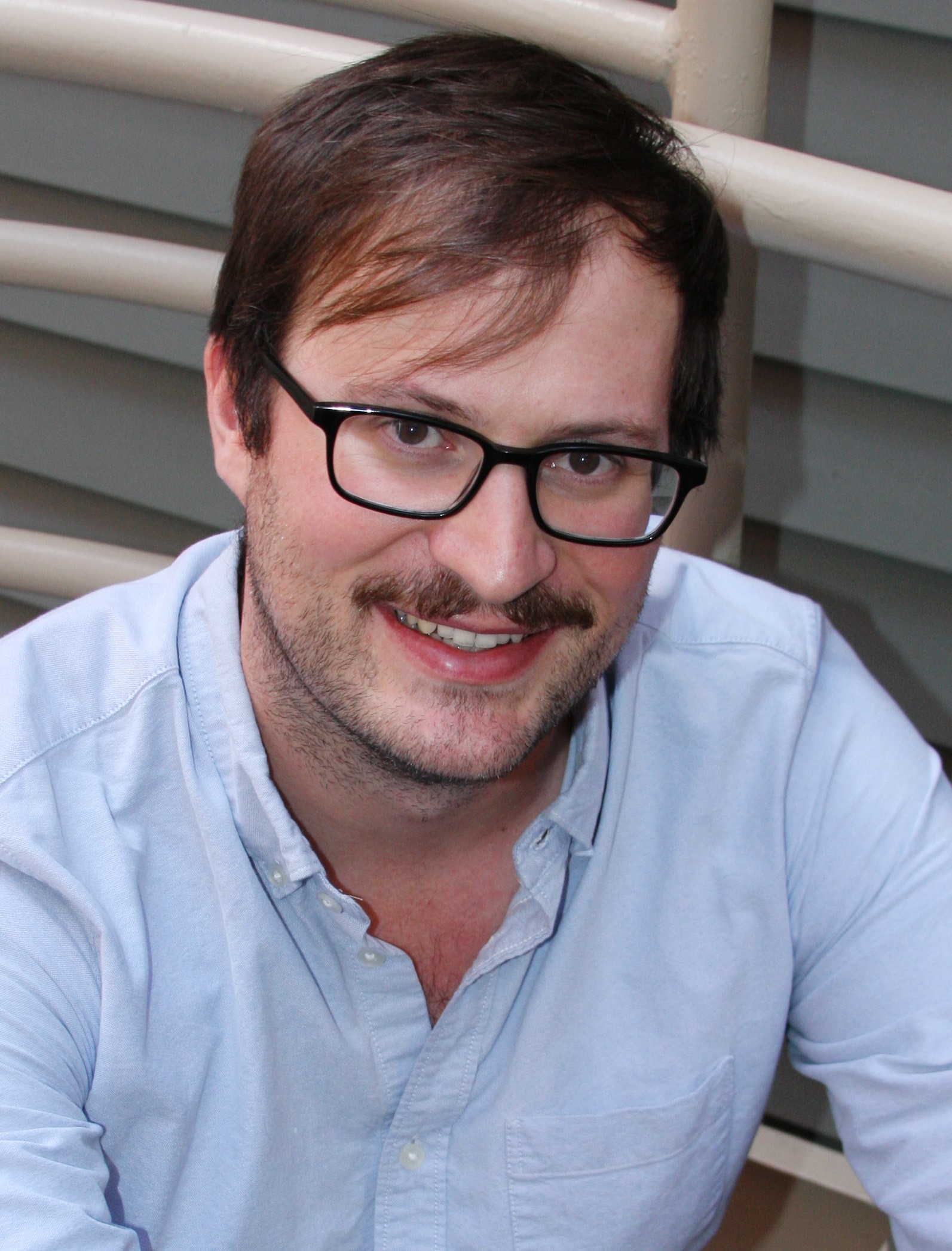
Abstract
-
The robust flexibility of problem based learning models
Dr Rohan Nicol, School of Art and Design Learn how Rohan Nicol responded to the challenge of teaching jewellery making online when COVID-19 took us off campus, in March 2020. He will show how challenging times provided rich learning experiences and unexpectedly led to the emergence of the modern aristocrap, King of hoarders. Speaker Bio…
By
,
-
An Interactive Model for Online and Remote Teaching as used in the School of Music
Tor Frømyhr, School of Music Speaker Bio Tor Frømyhr, is currently Head of Strings and Senior Lecturer in Performance (Strings) at the ANU School of Music, Canberra, Australia. He has toured extensively nationally and internationally with chamber ensembles including Rialannah String Quartet, Australian Contemporary Music Ensemble, Queensland Piano Trio, Ensemble I, Australian Chamber Orchestra, Melbourne…
By
,
-
Embracing virtuality in a music school in Covid-19 time
Associate Professor Kim Cunio, School of Music This presentation will cover the formation of virtual orchestras, choirs and pianos during the 2020 Pandemic. Speaker Bio A/Prof Kim Cunio, Head of the School of Music at the Australian National University (ANU), is an activist composer interested in old and new musics and the role of intercultural…
By
,
-
Teaching in ‘Zoomland’: Troublesome knowledge, liminality and the virtual design studio
Dr Beck Davis, School of Art and Design Effective learner engagement with troublesome knowledge—conceptually difficult knowledge that may seem counter-intuitive, incoherent or even “alien” (Perkins, 1999)—is an important part of the learning experience. A key role of the educator is to tolerate learner confusion (Cousin, 2006), and to create learning environments that can “hold” learners…
By
,
-
Enhance academic experiences with non-AI chatbots
Aslam Abbas, Collect.Chat Chatbots have moved on from being a buzz-word to a real-world tool to make the web more human-friendly. For the past three years, Aslam has been working towards making online interactions, better through human-friendly chatbots with his company, Collect.chat. Rather than building AI chatbots, Aslam’s approach is to keep it as simple…
By
,
-
Teaching Online Beyond Zoom
Teaching online beyond Zoom by Michael Yuen, School of Philosophy Teaching online can be fun and rewarding. This is how I think it’s possible. In recent months, I began teaching a first-year philosophy course online. As with many new things, starting was a stressful and daunting experience. To prepare, I interviewed some past students.…
By
,
-
A student-focused method to quantitative teaching in the pandemic
Dr Collin Payne, School of Demography Structuring lectures for online learning requires a very different approach than in-person teaching. My presentation will discuss a case-study from my graduate-level quantitative methods course, where I moved from having separate lecture and tutorial sessions to a blended approach. My approach centred on generating short (~15 minute), single-topic focused…
By
,
-
MetoDHology
Dr Terhi Nurmikko-Fuller, Centre for Digital Humanities Research In this presentation, we will introduce MetoDHology, a free and open online platform developed by the Centre for Digital Humanities Research to provide teaching and training materials for those looking to learn digital and online methods. Speaker Bio Dr Terhi Nurmikko-Fuller is a Senior Lecturer at the…
By
,
-
Collaborative drawing and art challenges: moving practice-based studio classes online
Dr Anna Madeleine Raupach, School of Art and Design Printmedia & Drawing at the ANU School of Art & Design teaches experimental approaches to drawing. The challenges of 2020 were used as an opportunity to explore how this topic could be enhanced with limited materials, online technology and alternative working spaces. Projects included ‘Drawing and…
By
,
-
Building Resilience in the Arabic Classroom: Challenges and Success Stories
Dr Leila Kouatly, Centre for Arab and Islamic Studies The unforeseen switch to online teaching in first semester has had major implications for second-year Arabic students. This new mode of delivery and the restrictions it presented, students’ sudden return to their interstate homes, the anxieties caused by COVID-19 among other factors, have added additional levels…
By
,










